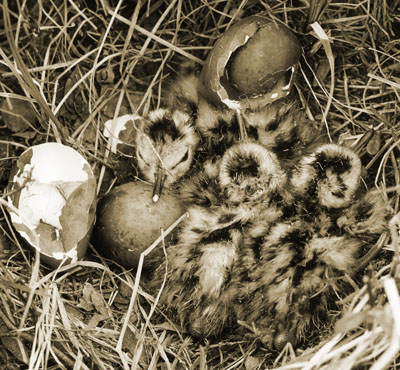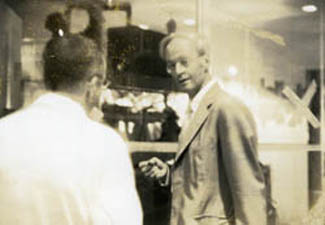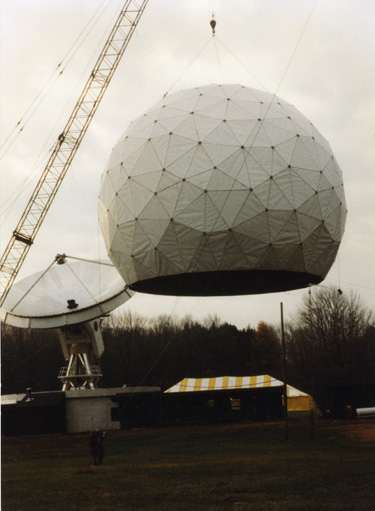Joseph A. Hagar Papers

An ornithologist and conservationist for the Commonwealth of Massachusetts, Joseph A. “Archie” Hagar’s career was rooted in the generation of naturalists such as William Brewster, Edward Howe Forbush, and Arthur Cleveland Bent. Born in Lawrence, Mass., on May 13, 1896, Hagar’s undergraduate career at Harvard was interrupted by service in the First World War, after which he completed his studies at the Massachusetts Agricultural College, graduating with the class of 1921. An expert field biologist and ecologist, he was appointed State Ornithologist in the Department of Fish and Game in November 1934 serving in that position for almost twenty-five years. A specialist in waterfowl and raptors, Hagar was deeply involved in early conservation efforts in New England, noted for his work on wetland conservation and for linking the use of DDT with eggshell thinning in peregrine falcons, and he was famously at the center of a dispute with the U.S. Fish and Wildlife Service over the design of the Parker River Wildlife Refuge. Never a prolific writer, he was an active member of the American Ornithological Union, the Nuttall Ornithological Club, the Wildlife Society, and other professional organizations, and after retirement, he was specially cited for his work in waterfowl conservation by Ducks Unlimited. Active until late in life, he died at home in Marshfield Hills on Dec. 17, 1989.
The Hagar Papers are a deep and valuable resource for the study of New England birds and the growth of modern conservation biology. With abundant professional correspondence, field notes on shorebirds and raptors, and drafts of articles, the collection documents the full range of Hagar’s activities as State Ornithologist, including a particularly thick run of material for the controversy over the Parker River Wildlife Refuge. Hagar also acquired a set of field notes, 1897-1921, from the Harvard ornithologist John E. Thayer.



